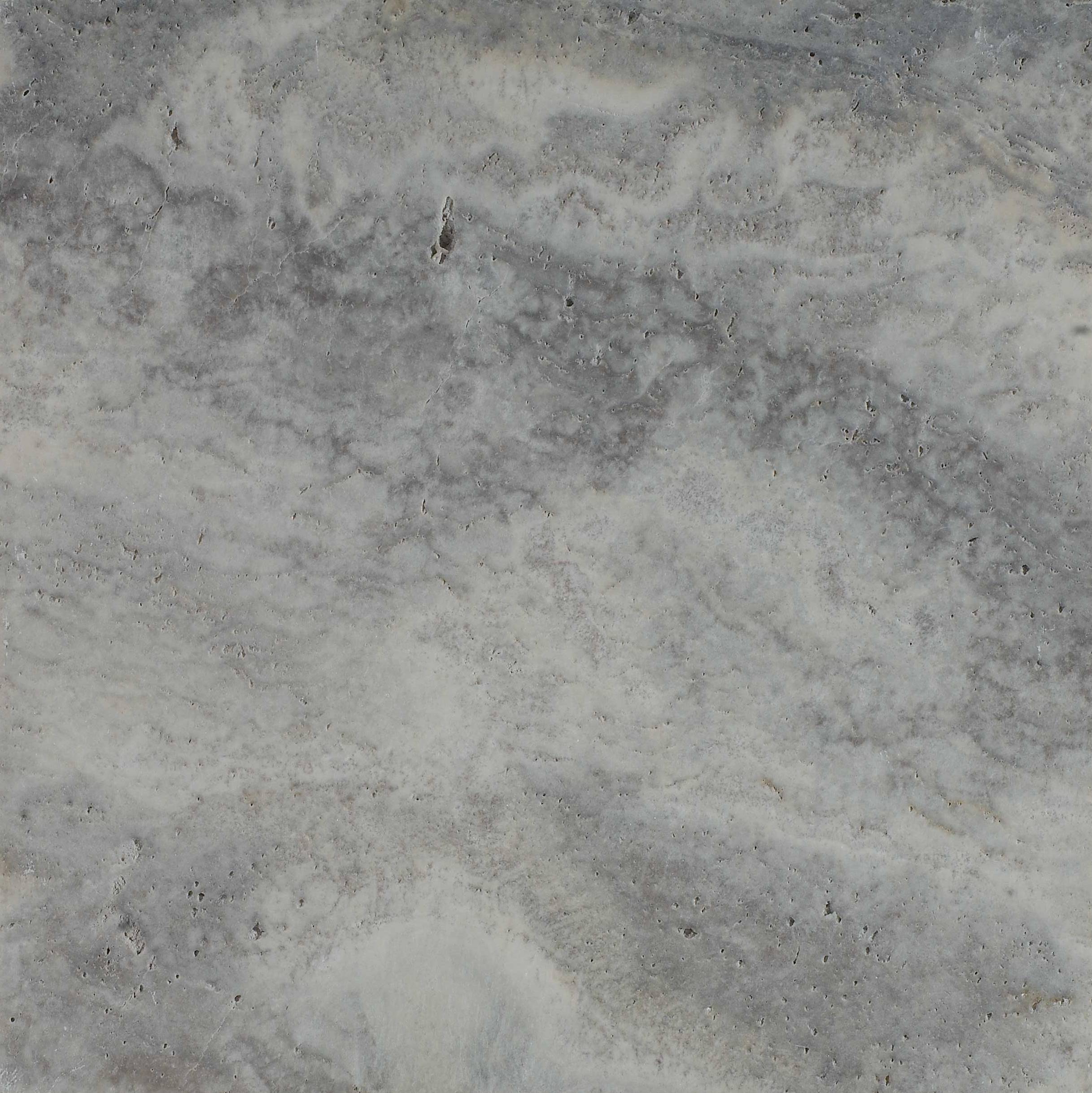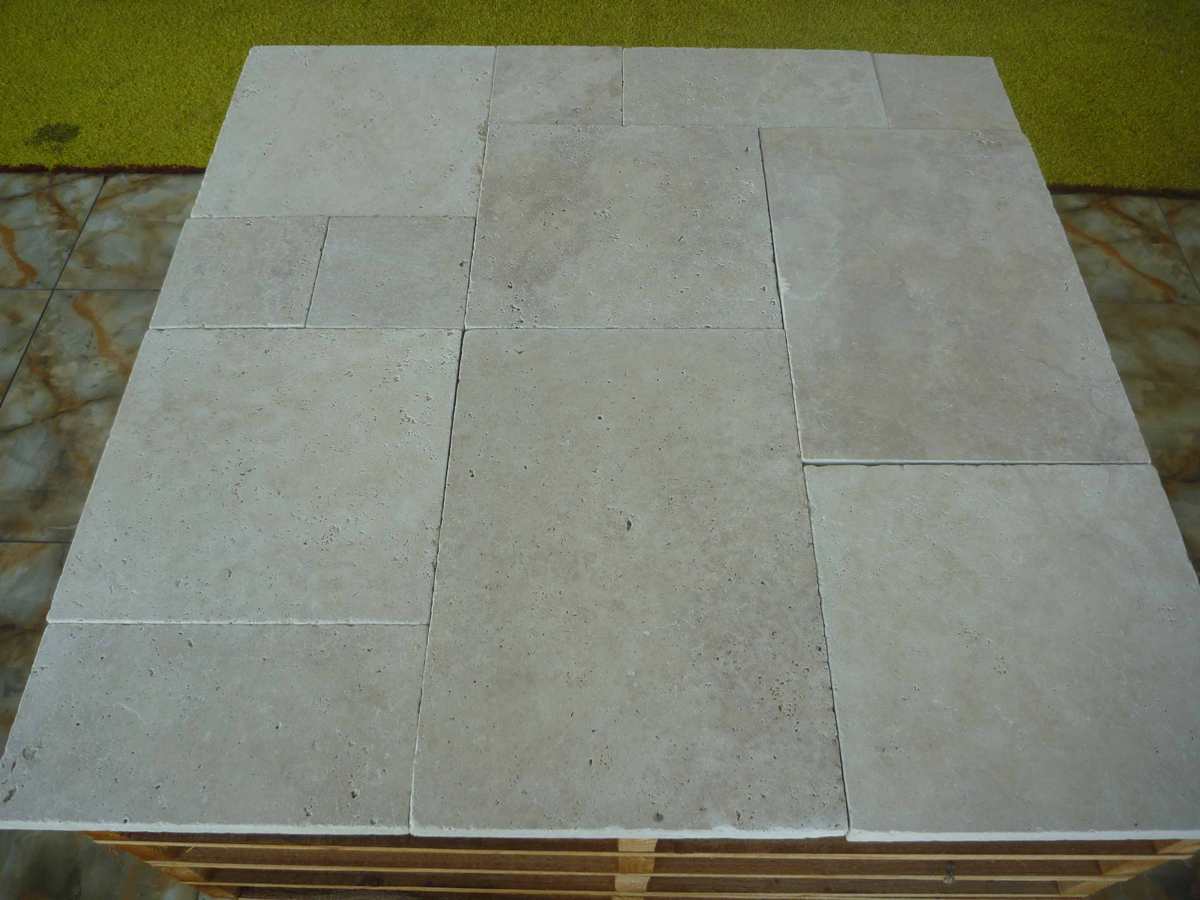Travertine French Pattern: Timeless Natural Stone for Indoor and Outdoor Living
Travertine is well-known as it is one of the highly used natural stones that has excellent variants. We at Domko promise to give you that. There is no doubt that its natural porosity has made it gain so much importance among homeowners and landscapers. You can lay it Travertine French pattern that follows a unique pattern that has a rhythm of its own. This rhythmic pattern is liked by most of our Australian customers who want something new to be laid in their indoor and outdoor settings.
You do not have to worry about its quality, as we at Domko supply high-quality travertine tiles that you can lay anywhere (indoors and outdoors). Anything that is French is treated as a luxury, and our travertine tiles are no less than that. French Pattern tiles layout brings warmth and durability that one wants for designing their homes. Whether you’re planning a small renovation or an entirely new build, our stone offers something truly lasting — both in beauty and performance.
A Smart Choice for Outdoor Living in Australia
We all know how important outdoor living is in Australian homes. Our Travertine French Pattern exterior tiles are smart because of that. You can use these tiles in patios, pool surrounds, courtyards, verandas, and garden paths. This way, your outdoors will remain attractive and resistance to anything due to its high porosity levels. Its natural properties make it cooler on hotter days, so in the summer, you can now enjoy walking on it.
The tumbled edges soften the overall look, while the modular layout brings a sense of flow and symmetry to open outdoor zones. Travertine pattern layout is like the shape shifters that can hold up to any condition, be it underfoot traffic, spills, and weather shifts. This way, you do not lose anything and never go out of style with our travertine tiles.
The natural, earthy hue of our travertine makes it merge well with gardens, timber decks and brick walls. We will surely talk about the colours of travertine available in our collection in the rest of the sections. However, we can say that it is perfect for our Aussie lifestyle.
Using Travertine French Pattern inside Your Home
Our travertine stone tiles are not restricted to outdoors; you can use them in kitchens and bathrooms. But how can they so? If you want to know more about it, read the rest of the sections so that you can understand the importance of travertine’s French style pattern. Let’s see how you can use travertine tiles inside your home-
• Natural Texture for Warm, Functional Kitchens
The kitchen area is the most used space. So, natural flooring from our travertine can give a nice change from hard tiles or vinyl. For those who do not like overly polished or sterile materials, it is the best item to use. You can use it to make a beautiful backdrop for modern to farmhouse-inspired kitchens.
You will love how the travertine French pattern kitchen plays off cabinetry, stone benches, or even timber accents. Our tiles are made to knock off everyday spills and pressure-formed due to heavy foot traffic. You do not have to think about how to clean, as this is our statement piece that is popular for its low-maintenance.
• Add Spa-Like Comfort to Your Bathroom
Do you want to keep personal yet stylish, like an outdoor spa or swimming area? Then, our travertine French pattern bathroom tiles will deliver you the space that is relaxing and balanced. They add that extra element of luxury and beauty.
As we know that travertine is a natural stone, so it is not colder and glossy, which makes perfect laying stone for the main bathroom or powder room. The textured surface makes it safer in wet zones, while the soft colour palette supports a tranquil feel. You can use our tiles in your bathroom to build the coastal look, Mediterranean mood, or minimalist space.
Discover the Beautiful Range of Travertine Colours
When it comes to natural stone, colour matters. That’s why our range of Travertine French Pattern colours includes warm creams, subtle ivories, deep silvers, and the classic noce tones. Each of the colours has its own significance. These hues hide dust, light stains, and small scratches better than plain surfaces. Some of our buyers use the lighter coloured tiles to have an open space. On the other hand, some use darker ones to get a rich and grounded look.
Each of our tiles set is pre-packaged with matching tones, and we also offer different finishes, including honed, tumbled, or brushed, to match your preferences. Tumbled or brushed finishes are mostly ordered for getting extra grip that is ideal for outdoor settings. On the contrary, our honed finish travertine is good for indoors as it is smooth and gives a clean look. Our team will help you choose the colour and finish, whether you are styling a modern beach house or a more classic suburban home.
Understanding the Classic French Pattern Layout
The French Pattern tiles layout — sometimes called a Versailles pattern — is all about mixing tile sizes in a way that feels structured yet organic. It creates a non-linear effect that adds depth and movement, especially across wide surfaces.
Whether you are using it on floors or feature walls, the layout adds interest without being overwhelming. It also helps break up long, plain areas and gives your space a high-end look — all while using natural materials that last.
Perfect for All Styles of Homes
One of the best things about a French pattern layout is how flexible it is. It suits classic and heritage homes just as well as sleek, contemporary builds. The repeated layout feels timeless, while the natural stone brings grounding texture to modern interiors.
You can use this layout throughout an entire room, just in a feature zone, or even across multiple areas to tie the whole home together. If you are unsure where to start, our team at Domko can help you visualise the layout and even share sample plans based on your project.
Add Visual Depth with Other Collections of Stone
In our collection of natural stones, there are many options, but the best-suited pair with travertine we recommend to our buyers is Blue Stone Pavers Melbourne. They both mix well to create textures that not only give a design but also create a lasting impression.
Deep tones and smoother surface contrast with lighter travertine, creating layered and opulent garden walks, pool decks, and driveways. Combining the two materials creates visual appeal and highlights crucial aspects of your property.
Why Homeowners Trust Domko
We have worked hard to earn our reputation as Melbourne’s trusted supplier of premium natural stone. When you choose Travertine French Pattern tiles from Domko, you are getting more than just a product. You get tiles that can be used both for a modern architectural build or a country-style cottage.
We source only the best travertine from quarries we know and trust. That means more consistent colours, better finishes, and durable material that performs. Just contact our team, and they will guide you with everything you are looking for.
FAQs
Q: What makes the Travertine French Pattern unique?
Four different-sized tiles create a modular pattern with flow and character.
Q: Can you use it inside and outside?
Yes, you can, as it is quite strong. And can withstand the weather.
Q: Is it necessary to seal the tiles?
Yes. We recommend sealing travertine every 1–2 years to protect it from stains and moisture.
Q: Is the installation too complex for DIY?
Not all the time. Large areas should be handled by pros, but small areas can be handled with some planning.
Q: Are the colours consistent?
Not all the time. Large areas should be handled by pros, but small areas can be handled with some planning.


